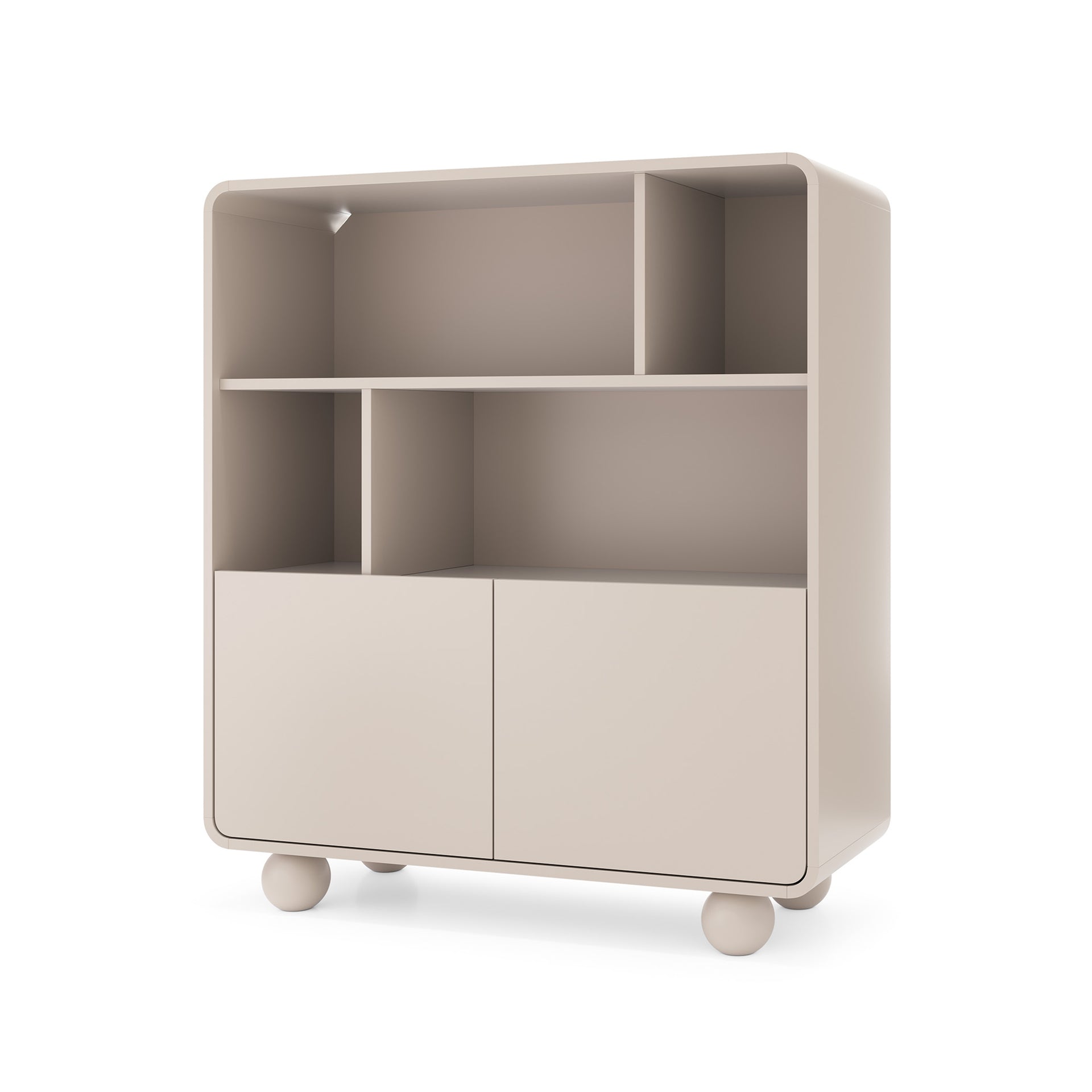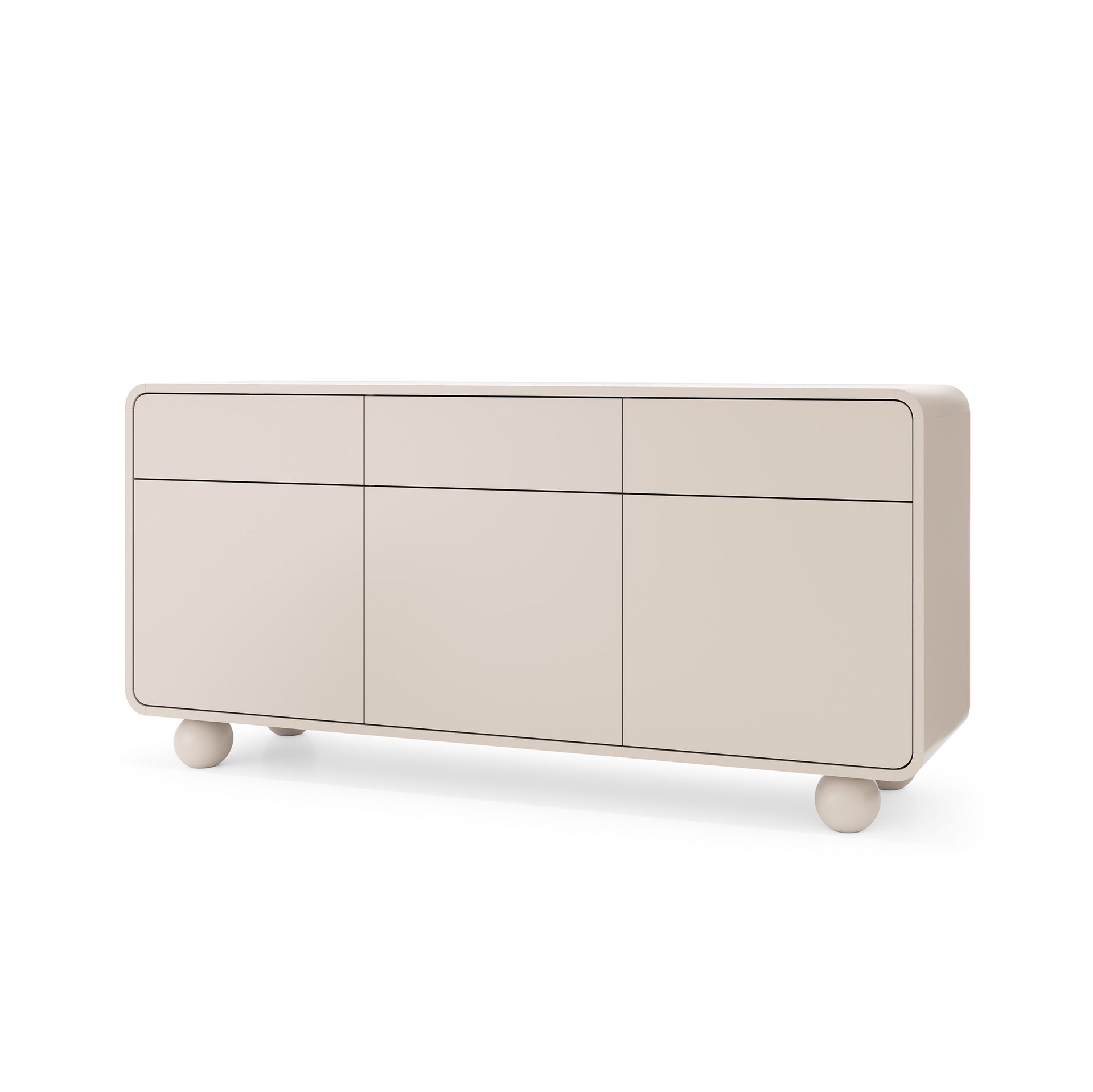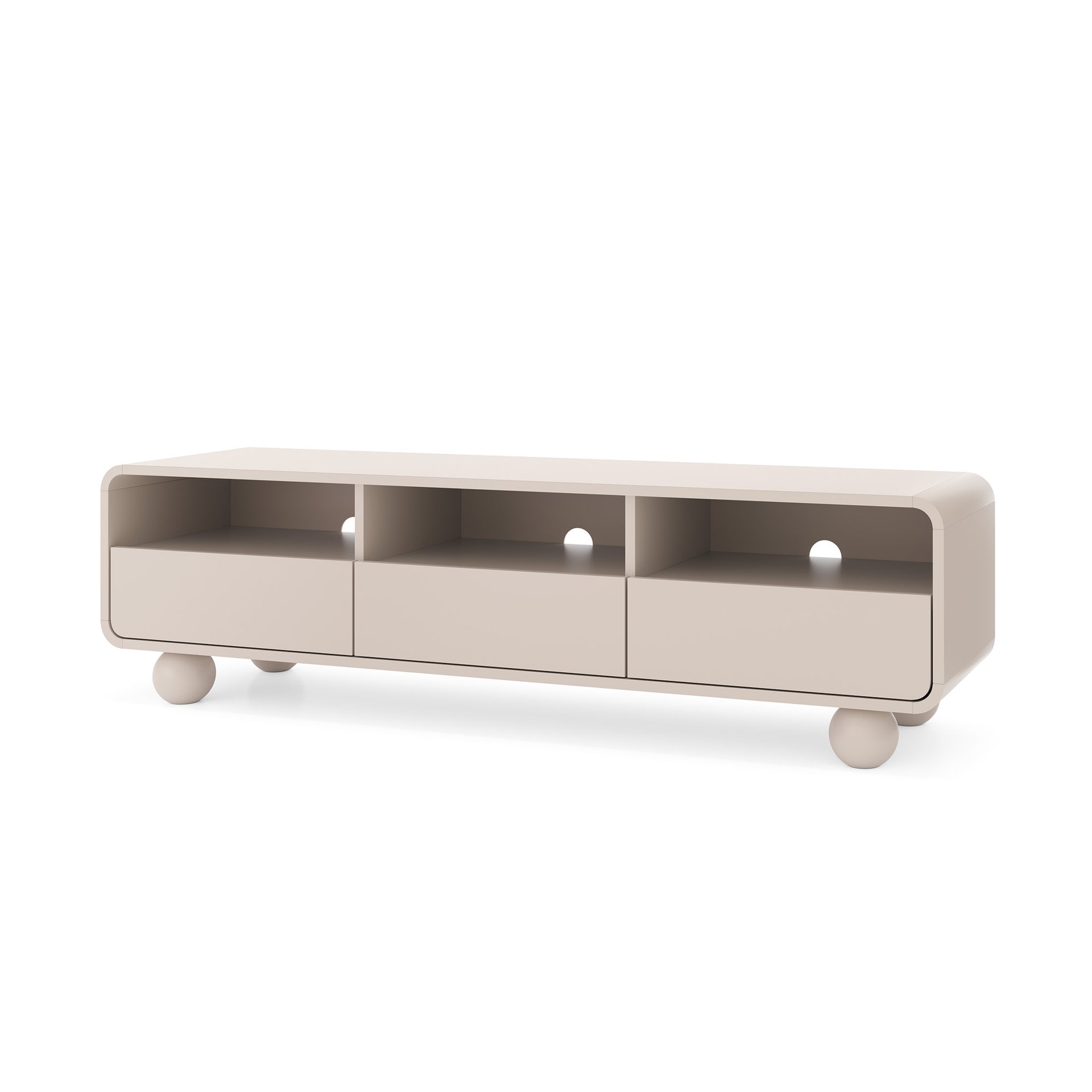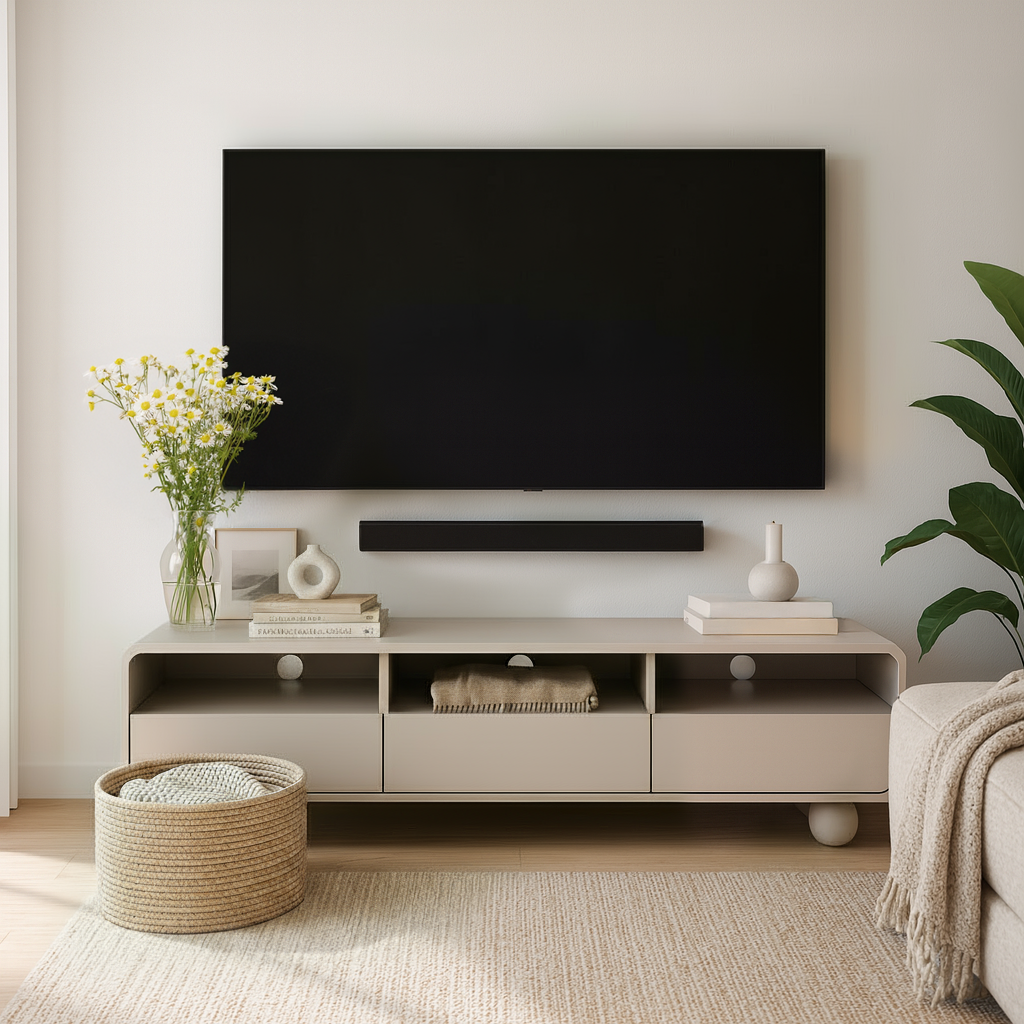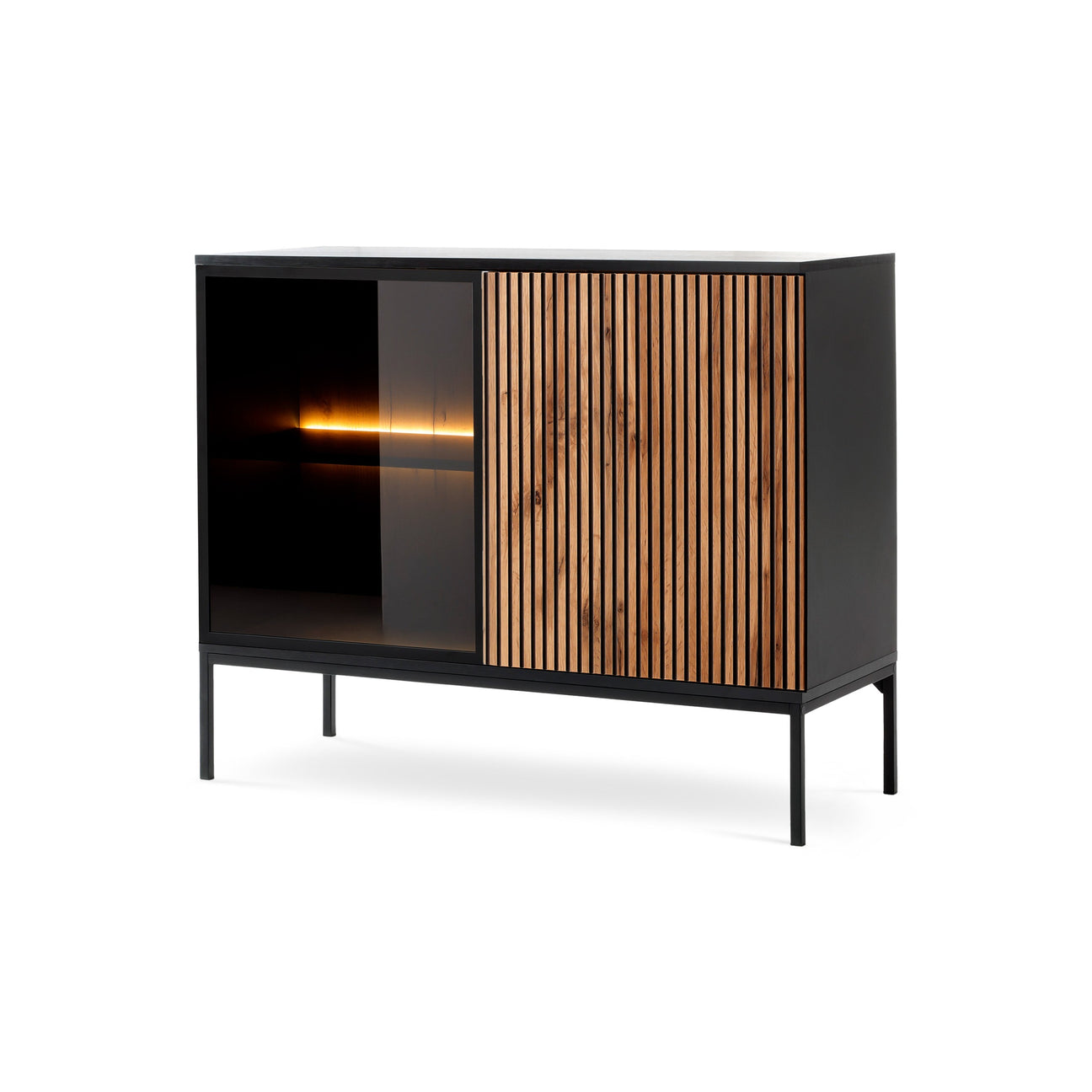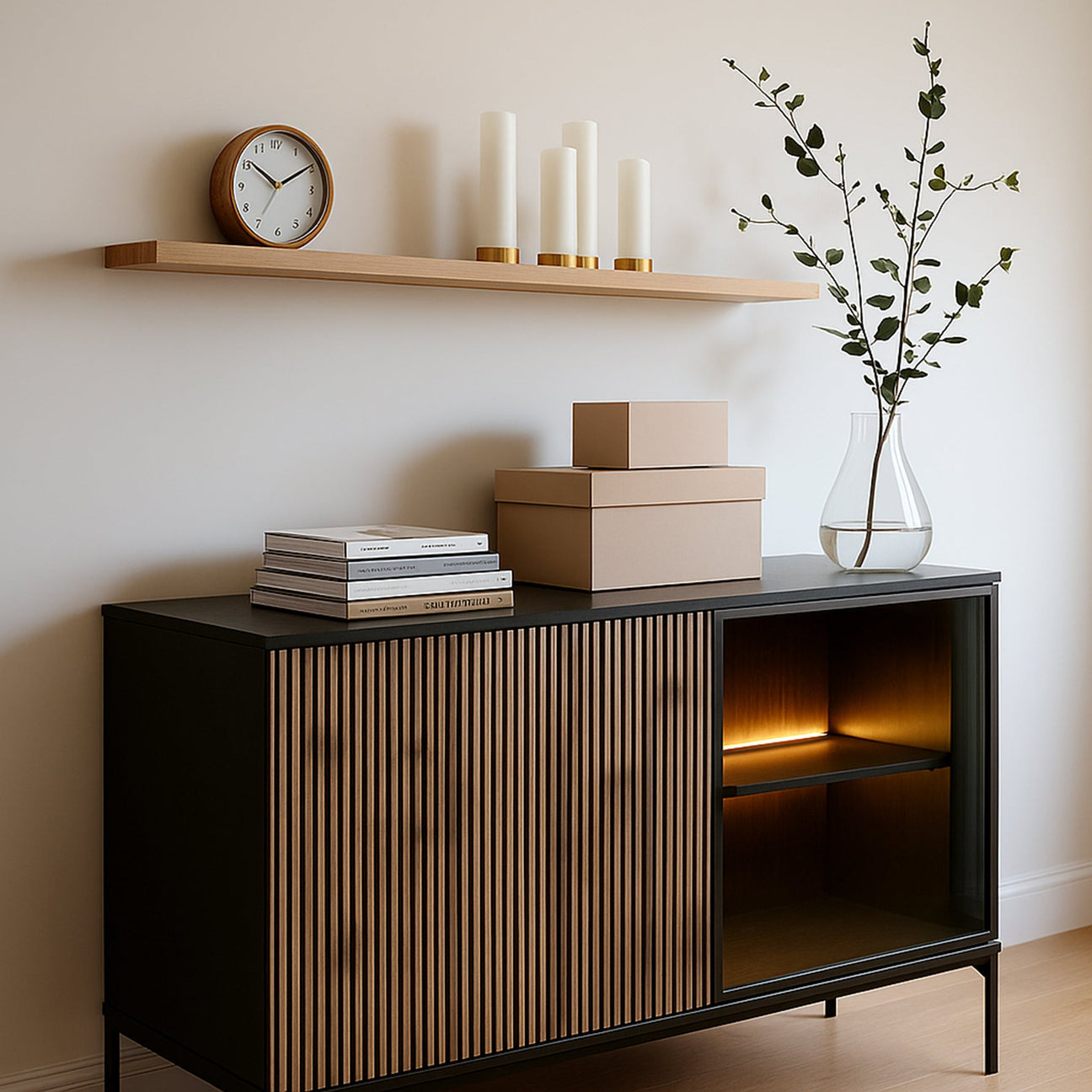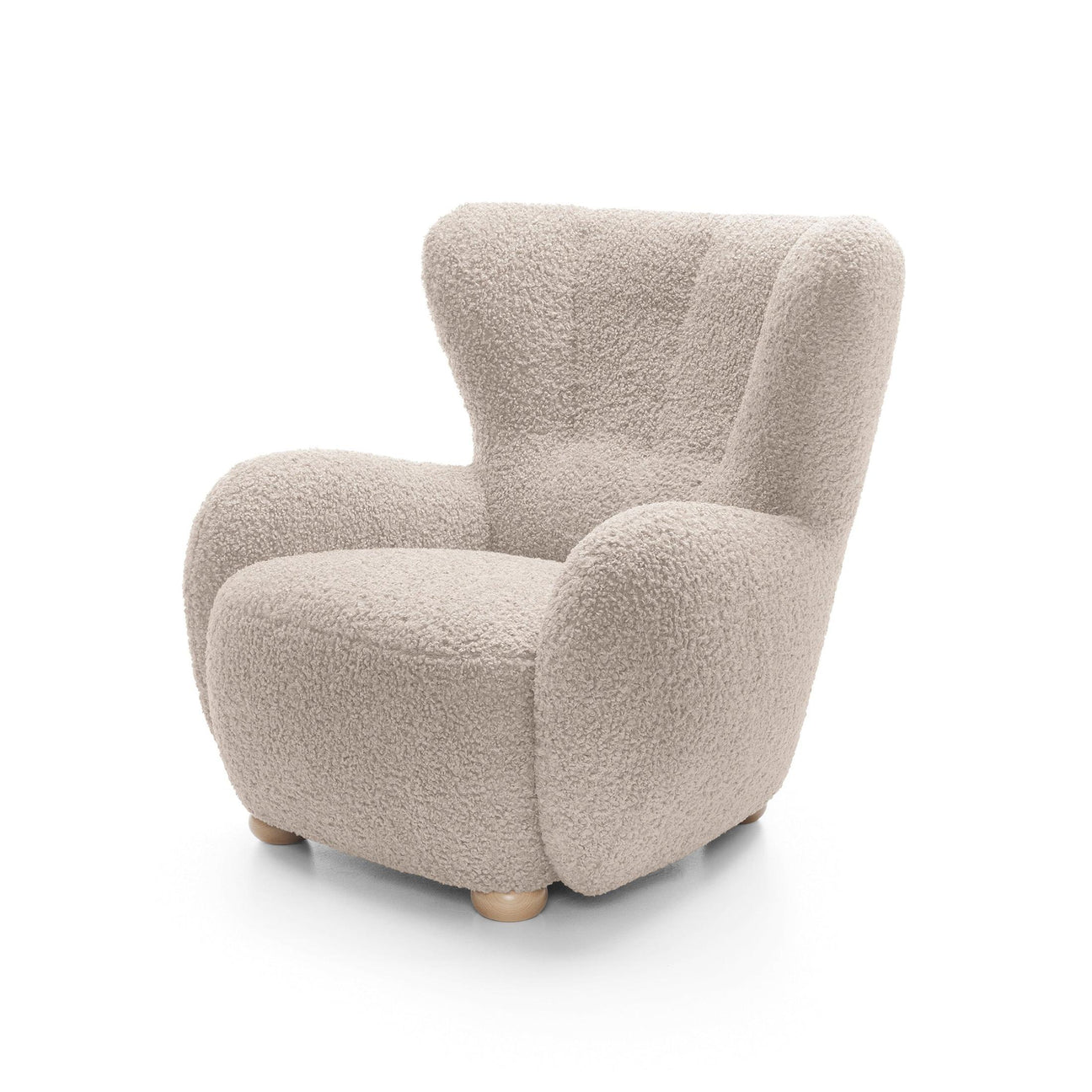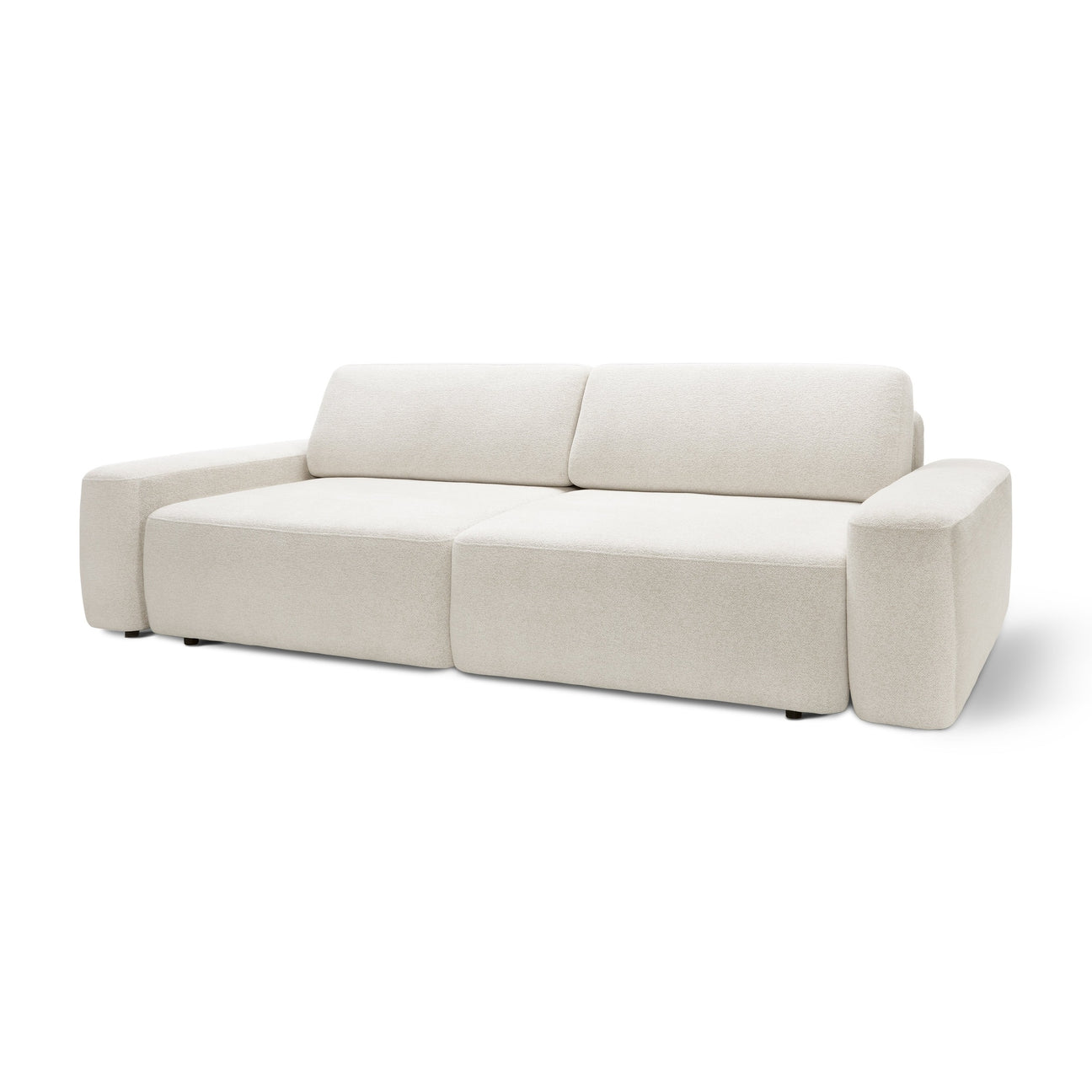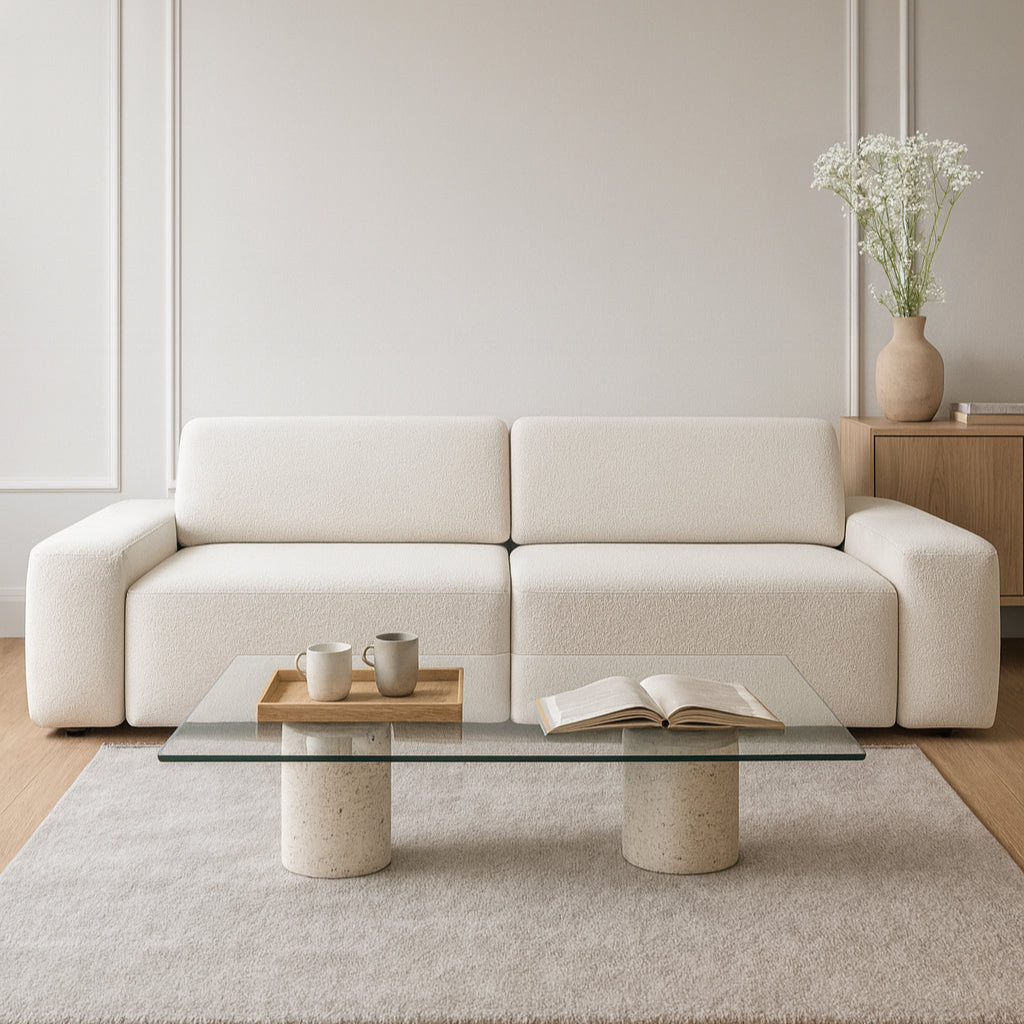Life in the rhythm of functional zones
Remember the iconic apartment from "The Honeymooners," where a single room housed the entire family? Or the studio apartment from "Alternative 4," where every square meter served several functions simultaneously?
Today's apartments are not much bigger, but we have more needs .
At Pillovely , we believe that well-planned functional zones are the key to comfortable living – regardless of whether you live in an M-2 like the characters in "Świat według Kiepskich" (The World According to the Kiepskis ) or in a spacious house like in "Ranczo" (The Ranch).
The living room as the center of the universe
The modern living room isn't just a place to watch TV. It's a home office for home office work, a fitness room for morning yoga, a movie theater for evening movies, a family command center , and sometimes even a guest bedroom .
How can you reconcile all these functions in one space? The answer lies in thoughtful zoning .
Relaxation area – the heart of the living room
This is where most family life takes place. The sofa plays the main role – ideally one that can accommodate the entire family for Sunday viewings of "Father Matthew" or the latest Netflix hit.
The ideal relaxation area is not only about furniture, but also about the entire surroundings: a soft carpet , a coffee table within reach, appropriate lighting and acoustics .
If you live in a small apartment, opt for a corner sofa bed – an elegant sofa by day, a guest bed by night. This solution dates back to the communist era, but with a modern twist .
Remember to keep a distance of at least 3 meters from the sofa to the TV – that's how much your eyes need to avoid getting tired during a "The Witcher" marathon.

Work zone – office in the living room
The home office is no longer a luxury—it's become a necessity. Not everyone has a separate office like the director from "Miśek Uszatek."
However, you can create a functional workspace in the living room , which will "disappear" after hours like a desk in the closet.
The best solution is a console table behind the sofa – during the day it serves as a decorative table, and when unfolded it becomes a desk.
A chair on wheels can be moved from another area, and the laptop and documents can be stored in a stylish chest of drawers.
It is important that the workplace has good natural light – preferably by a window, but not directly under it to avoid eye strain.
Entertainment Zone – More than just a TV
A modern entertainment area isn't just a TV on the wall. It's a multimedia center with consoles, an audio system, and maybe even a mini bar for house parties.
The furniture under the TV should accommodate all the devices, but also be aesthetic and visually light , so as not to dominate the interior like the black monolith from "A Space Odyssey" .
If you have children, consider a play area – a colorful carpet with toy boxes in stylish baskets that can be stored under the console after play.
It's like a matryoshka doll – everything fits inside and the visual chaos is brought under control .
Reading zone – an intimate corner
Even in the smallest living room you can find a place for reading .
All you need is an armchair by the window, a small bookshelf and a reading lamp .
It can be a vintage armchair from your grandmother or a modern "eared armchair" in an intense color - like the chair by Paweł Jasiński from "Kogla mogel" .
If there is very little space, choose a pouffe that can serve as a seat, footstool and bookcase.
Or maybe a hanging basket chair that takes up minimal space and provides maximum relaxation?
This is a solution straight from the 1970s, but still as relevant as baking gingerbread on Christmas Eve .

Bedroom – not just for sleeping
The modern bedroom is often the only private refuge in the home.
Here we not only sleep, but also get dressed, relax, sometimes work or read.
The key is to create zones that do not interfere with each other – because it is difficult to fall asleep next to a desk covered with invoices.
Bedroom area – the holy sanctum
The bed is the undisputed king of the bedroom . It should be positioned so that you can see the entrance to the room – this provides a sense of security .
It's best when it's accessible from both sides – no one likes stepping over their partner at night.
Nightstands aren't just decorative. They're the bedroom's command center —a place for a book, water, phone, and all your bedside essentials.
If space is limited, wall shelves above the bed will work perfectly.
Bedside lighting is a must – lamps or wall lights with adjustable brightness allow you to read without lighting up the entire bedroom like a stadium.
Wardrobe – everything in its place
The ideal is a separate dressing room, but often the reality is just one wardrobe in the bedroom .
The key is to maximize space – drawers at the bottom, rails at different heights, shelves at the top for seasonal items.
If you have more space, create an open wardrobe – open shelves and rails look like in a boutique, but they require perfect order .
A mirror is not only a practical element, but also an optical trick that enlarges the space.
In a small bedroom, a mirror on the entire wall will visually double the room .
Relaxation zone – a corner for yourself
If you have a bit of space, create a small relaxation zone in your bedroom.
A window seat with a footstool, a bookshelf and a soft blanket – that's all you need for an evening of tea and reading.
You can also add a dressing table with a mirror and space for cosmetics – every woman deserves her own private backstage that allows her to feel special every day .
Office in the bedroom – when there is no other option
Sometimes the only place for a home office is the bedroom .
Then it is crucial to visually separate the work zone from the rest zone .
A screen, curtain or desk placed with the back to the bed will be helpful.
After work, it is worth " turning off the office " - putting away the laptop, closing the documents, pushing the chair under the desk.
This will help your mind switch to relaxation mode faster .

Universal principles of zoning planning
Movement and communication
Each zone should be easily accessible , but not at the intersection of main communication routes.
Nobody likes to walk through the reading area to get to the kitchen.
Plan your movement paths like an architect – briefly, logically and conveniently.
Light for every zone
Each zone needs different light:
- rest – soft and cozy ,
- work – clear and focused ,
- reading – focused on a point ,
- bedroom – adjustable from bright to atmospheric.
LEDs with adjustable color temperature are the future – cool white light energizes in the morning, and warm yellow light helps you unwind in the evening.
Storage and flexibility
Every zone needs clever storage solutions – pouffes with storage, tables with drawers, shelves and baskets under consoles.
The best zones are those that can be easily modified – light furniture, mobile lighting, folding tables.
Life changes, so your interior should change with you.
Small apartment, big possibilities
In a studio or M-2 apartment, every centimeter is worth its weight in gold.
Multifunctional furniture works well here – a sofa with a sleeping function, a coffee table with drawers, an ottoman with space for blankets, a mirror concealing a desk.
Visually dividing the space also helps – different wall colors, carpets, screens and curtains organize the space and give it depth.
Summary: Living in Comfort Zones
Well-planned functional zones are not magic, but conscious planning .
The key is to understand your own needs, daily rhythm and habits.
Observe how you live in your home, what bothers you and what brings you joy.
At Pillovely, we believe that everyone deserves a space tailored to their life. Whether you live in an apartment or a house, your interior can work for you, not against you .
Because a real home is one where every activity has its place and every place tells your story.


